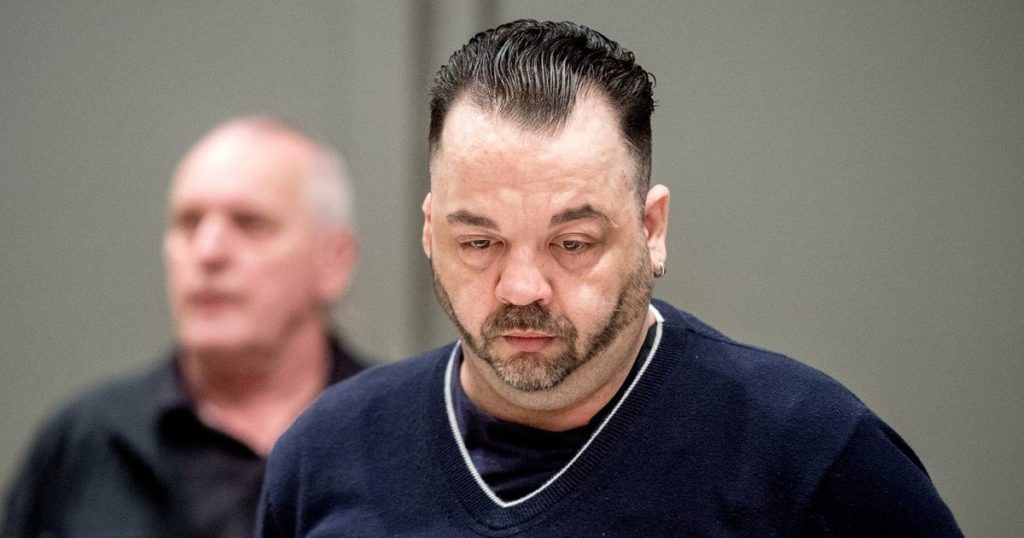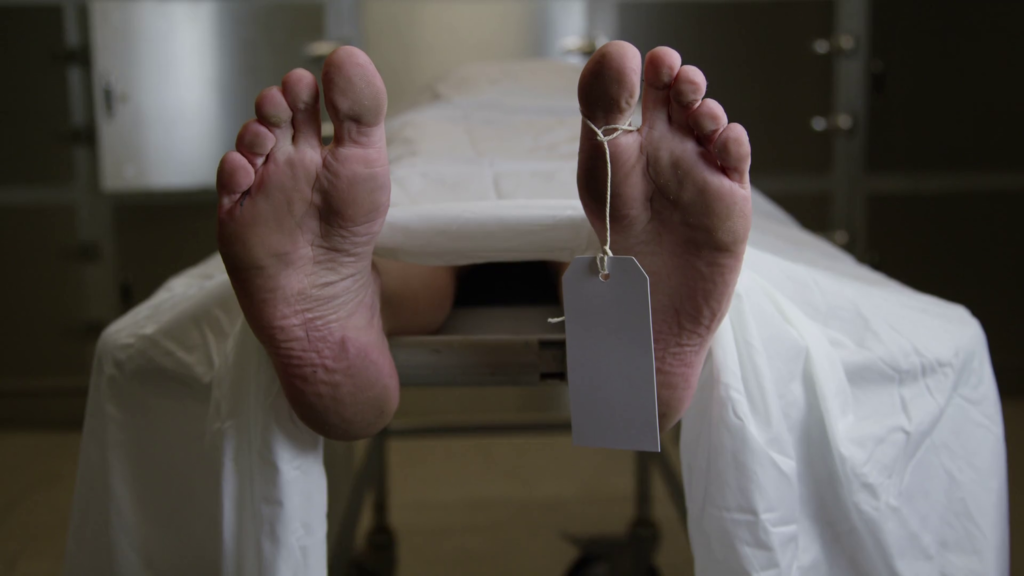Sometimes true evil comes disguised as a nurse with a comforting bedside manner

On December 30, 1976, Niels Högel entered the world in a quiet town on the coast of Wilhelmshaven, West Germany. He had an older sister, and his grandmother and father were nurses, his mother a paralegal. They were a normal family, respected by the community.
No one could predict what a devastating impact Niels Högel would have on the lives of so many and that his name would go down in history.
At the age of 20 in 1997, he completed his vocational training and followed in his father’s footsteps, and became a nurse at the same hospital, the Sankt-Willehad Hospital in Wilhelmshaven.
Two years later he went to work at the Oldenburg clinic, and it wasn’t long before a spike in patient fatalities and the inexplicable resuscitations were taking place at record levels. What was going on?
In August 2001 a meeting was called for all the doctors and medical staff to attend. The evidence presented by the investigators pointed squarely in Högel’s direction. He was asked directly why 58% of the fatalities had occurred while he was on duty.
Caught in the headlights of accusations, Högel denied any wrongdoing whatsoever. On the outside, he appeared composed under their intense questioning, but on the inside, his heart was racing out of control, fear almost paralyzing him that he had been found out.

The statistics were clear to see, though, the link obvious, the shifts he worked reflecting the spike in deaths.
But there was no proof, not a shred of evidence. And even when Högel, slightly panicking, took 3 weeks off sick directly after the meeting, and the fatality rate plummeted, there was nothing that could be done against him. The only consequence he suffered was a transfer from the cardiac intensive care unit where he was positioned to the anesthesiology department.
Unanswered questions and watchful eyes followed him for the next year. In September 2002, he was confronted once again when patients who should be problem-free after surgery, displayed unexplainable life-threatening complications afterward.
Unsure whether Högel just wasn’t any good at his job, or was purposefully putting patients’ lives at risk, the head physician sternly suggested that Högel resign or get transferred to a department where all he would be doing would be transporting patients from one part of the hospital to another.
The Oldenburg Clinic couldn’t risk the lives of patients by having Högel in a position where he was administering drugs unsupervised. The head physician would have preferred to sack him but all he had was the fatality statistics and his intuition that Högel wasn’t quite right. Unfortunately, there had been no actual complaints, nothing concrete on any wrongdoing on his part.
The director of nursing the following month amazingly supported Högel when he complained about his treatment, writing a glowing reference letter stating that he was an exemplary employee, was devoted to his job and that under critical situations completed his tasks satisfactorily.
Högel felt exonerated and used that reference letter in December to get a post at the Delmenhurst Clinic, leaving the suspicions behind, and starting with a clean slate, past mistakes left behind. In a perfect world, at the very least, a hint of what had occurred during his time at Oldenburg should have been whispered in the ears of his new employers.
This information would have been crucial to his appointment to a department with patients suffering from critical arrhythmia attacks and sudden, dangerous drops in blood pressure.
But perhaps the Oldenburg Clinic was just happy to get rid of him…

Between 2003 and 2005, Högel had a daughter and got married, but that was the only change in his life – everything else remained constant. During that two-year time period, an investigation was opened, unsurprisingly, into the sudden spate of fatalities whenever Högel was on duty. History was repeating itself, people were dying, yet the clinic did nothing.
His superiors dismissed clear evidence of wrongdoing even when four vials of ajmaline were discovered on Högel’s ward.
Ajmaline is an antiarrhythmic drug used to suppress abnormal heartbeats in patients and can only be prescribed by a doctor, but if the wrong dose is administered the resulting reaction can be a fatal cardiac arrest.
No prescription was found and all four vials were empty.
It wasn’t until 22 June 2005, when Högel was caught in the act of injecting a patient with ajmaline when he had no right to be doing so, that things came to a head.

This time the investigation was conducted by the police, a more in-depth investigation, interviewing his workmates and poring over the list of fatalities during his time at the clinic. The year-long investigation revealed the huge spike in deaths and, in December 2006, Högel was sentenced to 7-and-a-half years in prison for attempted murder. His past misdeeds had finally caught up with him.
But there were more revelations to come as the police dug deeper.
Approximately 60 patients had been resuscitated at one time or another under Högel’s watch, while 30 had died from his unauthorized injections of ajmaline and other cardiac medications. Confronted with the damning evidence, he confessed to the murders and, in 2015, was sentenced to life imprisonment for the murder of those 30 patients.
The case became the biggest peacetime murder trial in German history and prompted further, closer inspections of the deaths that were classed as natural causes while Högel had worked at the Sankt-Willehad Hospital and the clinics Oldenburg and Delmenhurst.
Bodies were exhumed in the ensuing years, autopsies were conducted in cases where the corpses hadn’t been cremated, and traces of ajmaline were found in dozens of them. The revelations were explosive, the confession of Högel to the murder of over 100 patients damning when it came to light, staggering in the casual way he admitted his guilt.
Niels Högel was to go down as the most prolific serial killer in peacetime Germany, the final tally of his 15-year murder spree nearing 300 trusting victims.
Asked why he had killed so many people, how he could murder vulnerable patients so callously, his response was unemotional, chilling, lacking any shred of normal human morals.
He confessed that he had administered the potentially fatal drugs partially in an effort to impress his colleagues with his resuscitation skills, and partially out of boredom.
Högel may have grown up in a traditional family with loving parents, may have followed in his fathers’ footsteps in a profession to care for his community, but from the very beginning, his inner monster was just lurking behind his disarming smile and his seemingly comforting bedside manner.

Niels Högel was a nurse by profession, by vocation he was the worst kind of serial killer.
